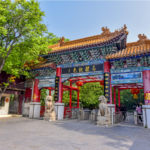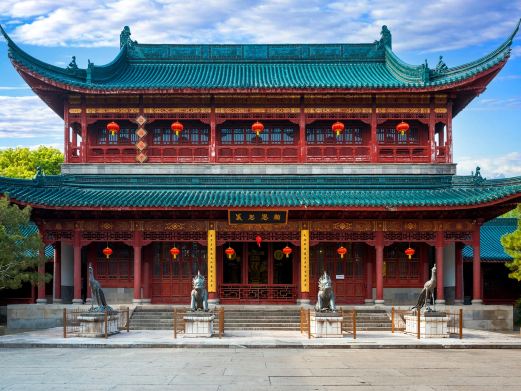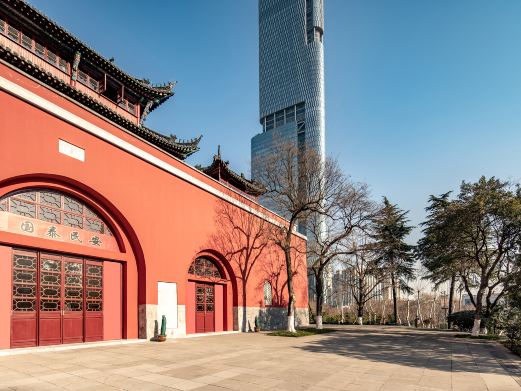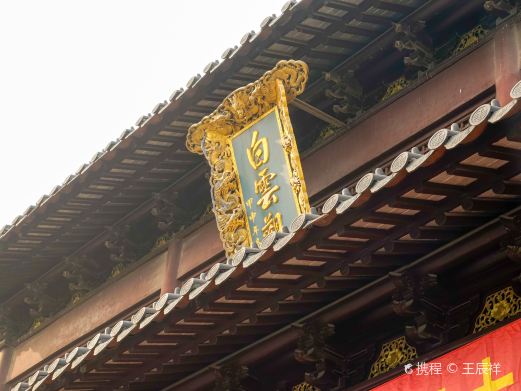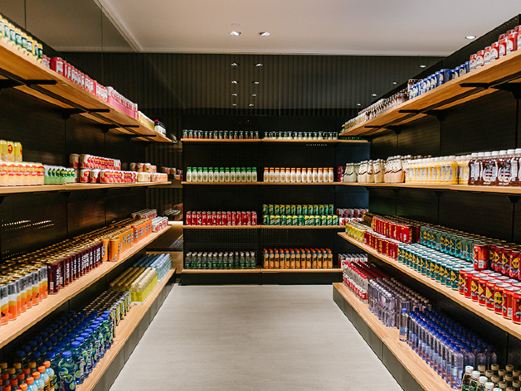Gu Yanwu’s Former Residence is located in Qian Deng Ancient Town, Kunshan City, Jiangsu Province, covering an area of 60 acres with a construction area of 5,450 square meters. The residence serves as the main body of the entire residence complex, facing east and setting west, featuring a quintessential Ming and Qing Dynasties architectural style with five sections. From east to west, the layout includes the water wall gate, the hall, the Qing Hall (Palanquin Hall), the Ming Hall (Main Hall, Nanmu Hall), and the residential building.
The northern side is connected by a back alley to the kitchen, the study building, and the rear garden. The residence is connected to the thousand-year-old stone street in the front and to Gu Yanwu’s tomb and Gu Garden in the back. This area primarily recreates Mr. Tinglin’s domestic life and reading scenes. Various halls display statues, handwriting, works, life stories of Mr. Gu Yanwu, as well as domestic and international research results on Mr. Gu Yanwu and his works. During the Cultural Revolution, Gu Yanwu’s Former Residence and tomb were damaged. In 1984, 1987, and 2000, Kunshan City allocated funds for reconstruction and renovation. After the restoration, the scenic area of Gu Yanwu’s Former Residence includes three major areas: Gu Yanwu’s Former Residence, Gu Yanwu’s tomb (Tinglin Ancestral Hall and tomb), and Gu Garden, making it the foremost among the Ming and Qing residences in Qian Deng. Additionally, in the Xuanwu District of Beijing, there is another Gu Yanwu’s Former Residence located in the west courtyard of Baoguo Temple on the north side of Guang’anmen Inner Street. It was built in the 23rd year of the Daoguang Emperor (1843) funded by He Shaoji and Zhang Mu, featuring Buddhist halls, an ancestral hall, and a pavilion. The Gu Temple was destroyed by the Eight-Nation Alliance and later was renovated into Zhaozhong Temple by Zhang Zhidong, and in 1921, Wang Shitong and others renovated it again. It is a key cultural relic under the protection of Beijing City. Gu Yanwu, originally named Jiang, with the courtesy name Ningren and the art name Tinglin, was born in 1613 in Qian Deng Town, Kunshan. As a teenager, he joined the Fuxue Society and participated in the anti-Qing struggle when the Qing troops moved south. He decisively abandoned the study of imperial examinations, extensively reading historical records, local chronicles, and collections of literary works and memorials, compiling records related to agriculture, water conservancy, minerals, and transportation, and made significant contributions to academia. His proposition of ‘every individual is responsible for the rise and fall of the world’ inspires every generation of benevolent and ambitious people, becoming a motto for generations of Chinese descendants who aim to serve their country. Gu Yanwu wrote 370 volumes of works in his lifetime, with ‘Rizhi Lu’, ‘Tianxia Jun Guo Li Bing Shu’, and ‘Zhao Yu Zhi’ as his three major works. Gu Yanwu himself was also rated by contemporary historians as one of the seventy-two great men in two thousand years. The opening hours are from 08:00 to 16:30 all year round.Gu Yanwu’s Former Residence
Gu Yanwu’s Former Residence is located in Qian Deng Ancient Town, Kunshan City, Jiangsu Provin[...]





